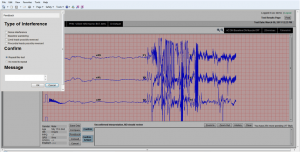“Any way you want it.” This is what ECG testing clinics must tell their Referring Physicians when those Physicians ask how they will receive their test results.
During the early days of electronic ECG management, much of the focus was on providing easy, secure, remote access for the physicians that were interpreting ECG tracings. In providing this access to Interpreting Physicians, cardiac testing organizations avoided the cost and inefficiencies associated with printing and delivering the ECG tracings to those Physicians, and in so doing, also elevated the standard of care given to their patients.
Now that the technology for transmitting tracings to Interpreting Physicians is well established, clinics are trying to achieve similar benefits from automating the transmission of test results to the Physicians who refer their patients for testing. In order to retain and expand its base of Referring Physicians, a clinic must be able to send results to each Referring Physician according to that Physician’s preference.
In order to deliver on this promise, a provider must have an ECG management solution that supports delivery of results the old fashioned way, by printing and hand delivery, but also that supports delivery by a number of more advanced alternatives. Therefore, here are five questions that you can ask to ensure that the ECG management solution that you buy will be as progressive as the demands of your Referring Physicians:
- Does the solution support automated results distribution by fax, e-mail or electronic data interchange?
- Does the solution include HL7 parsing of results for reporting to other HL7-compliant systems?
- Does the solution support an option for distribution of results as they become available or in batch mode?
- If results are being batched printed, can output be automatically sorted by Referring Physician, testing location or by courier route?
- Does the solution permit results to be reported cumulatively, the latest result being reported in full, with a summary of previous results going back any number of months, years or occurrences?


